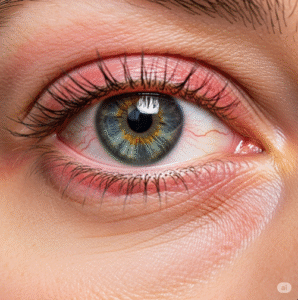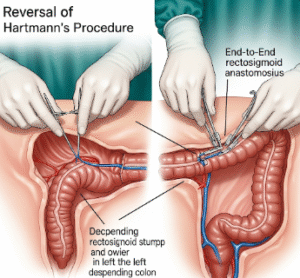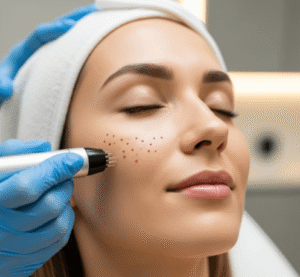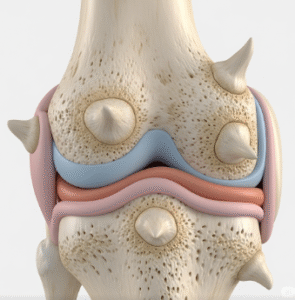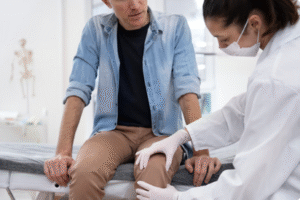Korea is fast becoming one of the world’s leaders in regenerative medicine — a field focused on repairing or replacing damaged cells, tissues, and organs to help the body heal itself. In 2026, new scientific discoveries, better regulations, and strong government support are helping these treatments move from the laboratory into hospitals and clinics across the country.
Government Support and New Regulations
→ The Korean government is playing a big role in expanding regenerative medicine. It introduced a law to support advanced cell and gene therapies, allowing treatments for serious diseases like arthritis, autoimmune disorders, and Parkinson’s to reach patients sooner.
→ These regulations help doctors test new therapies safely while protecting patients through proper oversight and long-term monitoring.
→ Because of this support, more clinical trials are starting every year. Researchers are exploring treatments that could help repair nerves, heal damaged organs, and even restore lost tissue.
Why this matters: Korea’s clear and science-friendly policies are speeding up innovation while keeping patient safety as a top priority.
Rapid Market Growth and Industry Expansion
→ Korea’s regenerative medicine market is growing quickly, expected to nearly double in size by the end of the decade.
→ Hospitals, biotech companies, and universities are investing heavily in new labs, tissue banks, and stem cell research facilities.
→ Special industrial zones such as Osong and Daegu are being turned into bio-clusters, where experts collaborate on stem cell production, gene therapy, and advanced biological products.
Key point: Regenerative medicine is no longer just an experimental science — it’s becoming a major part of Korea’s medical economy.
Regeneration Meets Beauty and Skincare
→ One area where Korea stands out is its blend of regenerative medicine and aesthetics. Clinics are combining scientific therapies with skincare and cosmetic treatments.
→ Stem cell and exosome therapies are being used to rejuvenate skin, improve texture, and speed up healing after procedures. These treatments go beyond cosmetics — they promote real biological repair.
→ Platelet-rich plasma (PRP) and fibroblast cell therapy are also popular for restoring youthful skin and treating scars or wrinkles naturally.
Why it’s unique: Korea’s beauty culture and advanced medical science make it a global trendsetter in both appearance and health.
Treatments for Rare and Hard-to-Treat Diseases
→ Korean researchers are using regenerative technology to tackle rare and incurable conditions.
→ For patients who have limited treatment options, regenerative therapies like stem cell transplants, gene repair, and cell-based regeneration are offering new hope.
→ With government approval and funding, many of these treatments are now being tested in real patients under clinical supervision.
The goal: To move beyond symptom management and toward true healing and restoration of function.
Leading Technologies Shaping the Future
→ Stem Cell Therapy: Adipose-derived stem cells (taken from a patient’s own fat) are being used to repair joints, heal wounds, and restore damaged tissue.
→ Gene Therapy: Korean biotech companies are developing genetic treatments for nerve damage, muscle diseases, and chronic pain by repairing faulty genes.
→ 3D Bioprinting: Scientists are experimenting with printing tissue layers and organ structures that could one day be used for transplants or reconstruction.
→ Tissue Engineering: This combines cells, scaffolds, and biological materials to grow functional replacements for damaged organs.
→ Signal Pathway Research: Scientists are studying how to activate the body’s natural regeneration systems — for example, using the Wnt signaling pathway to trigger repair in organs and skin.
In short: Korea is merging biology, technology, and engineering to make natural healing faster and more effective.
Challenges That Still Remain
→ Many treatments are still in the testing phase, with long-term studies needed to prove safety and effectiveness.
→ High costs remain a barrier for some patients, as advanced therapies require specialized facilities and equipment.
→ Quality control and ethics are key — clinics must follow proper guidelines to ensure genuine medical results and avoid exaggerated claims.
→ Not every condition will respond to regenerative medicine, and not every patient will see the same results.
Important note: Real progress takes time, and reliable clinics focus on evidence-based care rather than quick promises.
What This Means for the Future
→ Regenerative medicine is changing the way Korea approaches healthcare — focusing on repairing and renewing the body instead of just treating symptoms.
→ Researchers are working on AI-assisted medical planning, where artificial intelligence designs customized cell treatments for each patient.
→ The country is also preparing to lead globally in medical tourism, attracting visitors who want safe, effective regenerative therapies combined with Korea’s world-class healthcare.
→ Over time, these technologies may help people live longer, recover faster, and age more gracefully, with treatments that support both appearance and health.
Big picture: Korea is setting the stage for a future where medicine is not only about survival, but about restoring quality of life through regeneration.
Final Thoughts
Korea’s advances in regenerative medicine show what’s possible when science, technology, and healthcare come together. From stem cell therapy and gene repair to tissue engineering and exosome skincare, the country is pioneering treatments that can help the body heal itself.
While challenges remain, Korea’s commitment to innovation, ethics, and patient safety is pushing medicine forward — creating a future where diseases are not just managed but truly repaired at their root.



